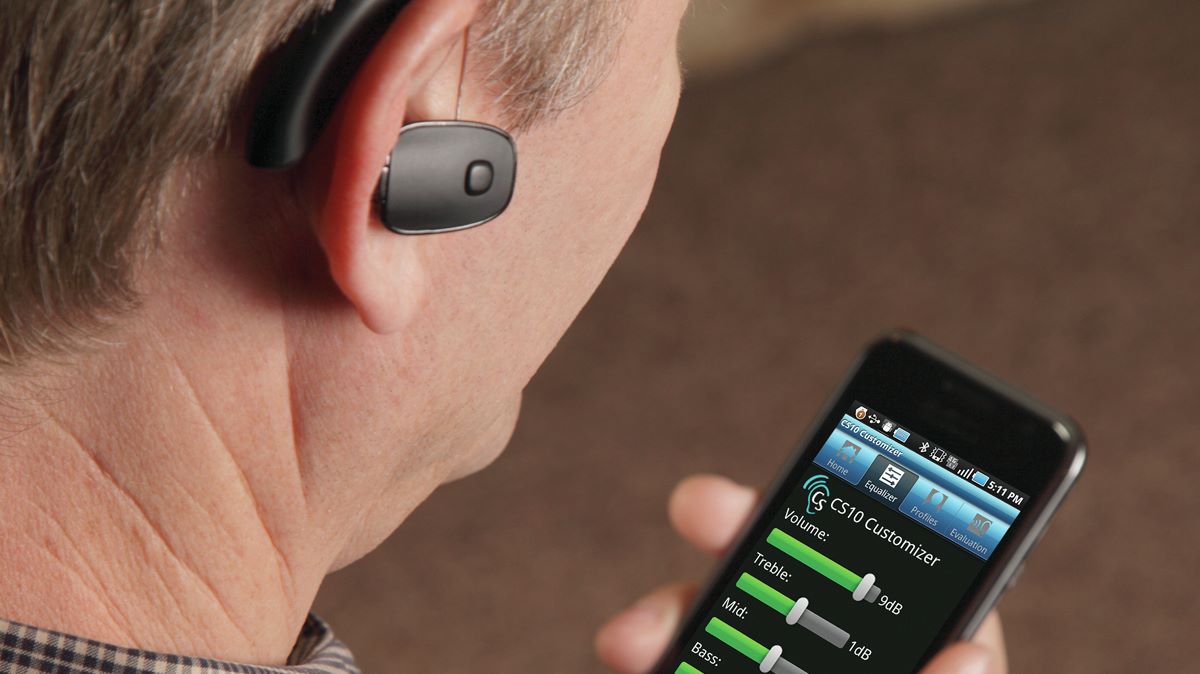Smartphones have become an essential part of everyday life for many Americans, serving a range of purposes from communication and education to entertainment.
As of early 2024, the Pew Research Center reports that 97% of Americans own a smartphone. For millions of Americans with hearing loss, there’s now encouraging news regarding these devices.
On Thursday, the Federal Communications Commission (FCC) approved new regulations requiring that all mobile handsets, including smartphones, must be compatible with hearing aids.
This will ensure that individuals with hearing loss have access to the same mobile phone models as everyone else.
“Hearing loss is a significant issue,” said FCC chairwoman Jessica Rosenworcel in a statement, highlighting that over 48 million Americans experience some degree of hearing difficulty, especially older adults and veterans.
“It’s likely that someone you know is affected by hearing loss,” she added.
Efforts to improve hearing aid accessibility have seen progress over the years. In 2022, hearing aids became available for purchase over the counter without a prescription following a pivotal decision by the Food and Drug Administration (FDA).

Furthermore, at Apple’s September event, the company revealed that people with mild to moderate hearing loss would be able to use its popular AirPods 2 earbuds as hearing aids.
Under the new FCC rules, following a transition period, Americans with hearing loss will have the freedom to choose from the full array of mobile handsets available in the market, regardless of the technologies, features, or price points.
The exact date for the end of the transition period has yet to be specified.
Additionally, the FCC introduced a Bluetooth coupling requirement, encouraging manufacturers to move away from proprietary standards.
This means that mobile phones and hearing aids—including over-the-counter options and earbuds—must be compatible with one another.
The new regulations also mandate that all mobile handsets sold in the U.S. meet specific volume-control standards, allowing users to increase volume without causing distortion.
To ensure transparency, companies will be required to clearly indicate on their websites and point-of-sale labels whether a handset is hearing-aid compatible, whether it meets telecoil or Bluetooth coupling standards, and how high the handset’s volume can be raised while still adhering to volume control requirements.
This announcement builds on the FCC’s 2016 plan to enhance access to mobile wireless handsets that are compatible with hearing aids.
